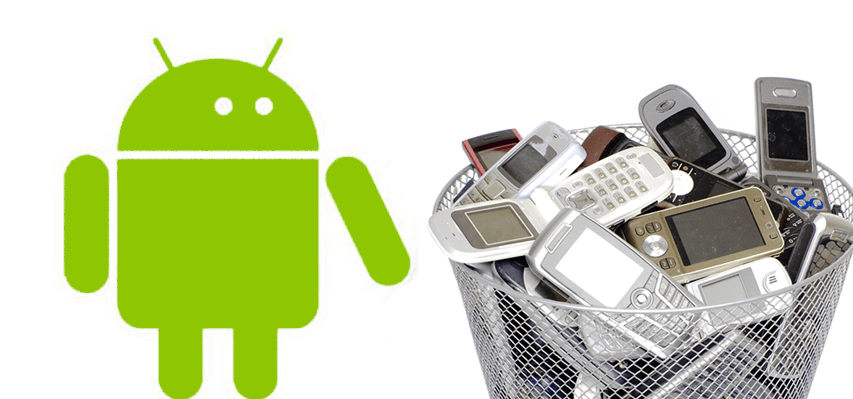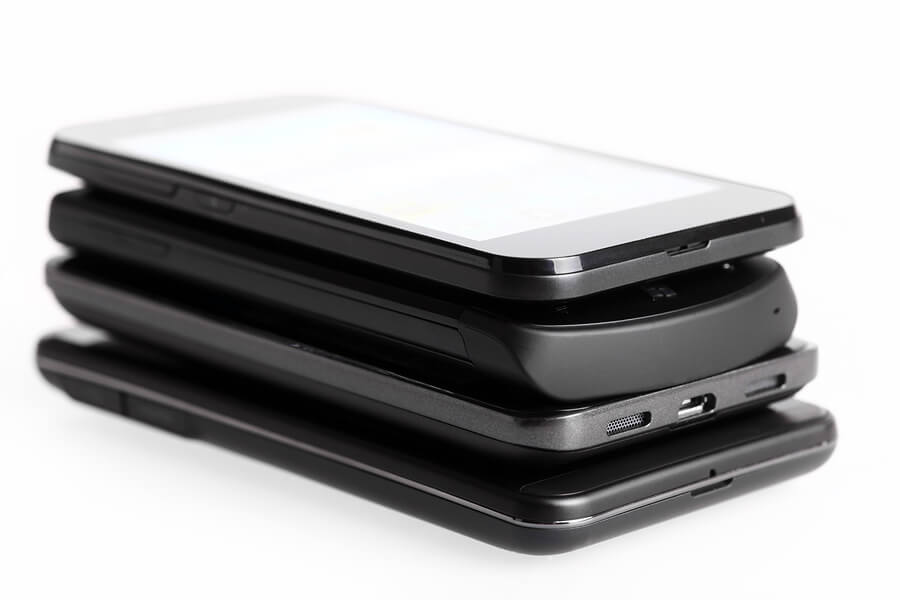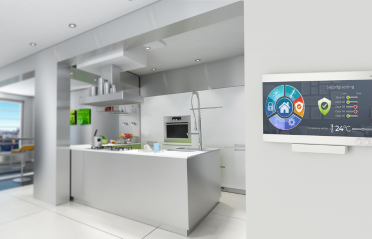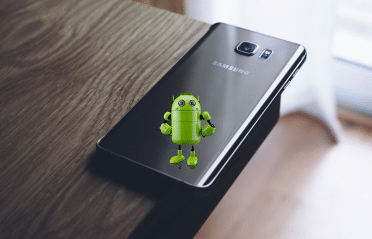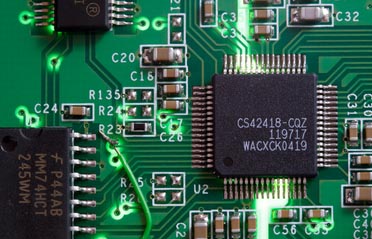Last week, Austin Texas hosted SXSW. Thousands of people converged to discuss everything from start-up companies to trending music. It’s a great example of just how fast technology moves and ideas spread. Remember your first smart phone purchase? That feeling of holding all that powerful technology in your palm? The feeling of being un-tethered as you’re surfing the web on the subway…or in the stall. We’ve gotten so used to having this technology, that we forget how amazing it really is. Programmers and tech-like-minded individuals aside, most consumers take smart devices for granted. In the classic Louis CK bit on cell phones and flying, he points out “we have this beautiful device and we hate it! I’ve never seen a person say look at what my phone can do. They are always like, this piece of [expletive]” followed by a lot more colorful language. We get angry when downloads take longer than a few seconds because we forget that really, we’re waiting for signals from space!
Decrease in fragmentation - trend in Android OS space
Prepare to be impressed once again for those that are no longer impressed. The trend in 2014, specifically in the Android OS space, is a decrease in fragmentation. What does this mean? Well, just taking the definition of both words can give you a pretty good idea of the concept, and then apply that to Android. There are millions of devices running different versions of Android. The forest is too dense with two-year-old and three-year-old systems that it’s becoming more and more difficult for programmers to blaze the trail when developing apps or consumerproducts with Android technology. Picture decreased fragmentation as a forest fire (the good kind that clears downed debris and helps forests regenerate).
Out With The Old, In With The New
Android and Google are leading the decreased fragmentation charge. Ensuring new versions of Android OS, like Kit-Kat, are compatible with devices running on older versions – creating a safer and seamless user experience for consumers and business owners. It might be hyperbolic to say “gone are the days of being left behind” but with Google adapting technology like the Nexus 4 by only using “two processors, 512MB of RAM and a qHD resolution display” said Google’s head of engineering David Burke, we are working toward that reality. He went on to explain that the resolution is 960 x 540p because that is the sweet spot for entry level smartphones.
You have to think the decision to make older phones compatible with newer versions of technology bounced around the board room a bit. Less people needing to upgrade their device = less profit right? Maybe. We’ve all seen the commercial where the guy purchases the newest computer in an electronics big-box store. On the way home, he looks up to see a billboard that reads “an even newer computer than the one you just bought! On sale now!” That’s a terrible user experience, and it’s no secret that most users do experience it. So Google is trying to improve the product for the end-user not by a trade-in deal or a device swap, but with an adaptable operating system. This means that your phone that’s a couple years old will be compatible with new updates. Does that mean all the features will work perfectly? No. Does it mean you don’t have to put it in the discarded electronics drawer, or try to sell it for pennies on the dollar? Yes. Does it mean you’re not going to want to buy every new device that’s released after yours? Probably not. But it’s a start!

Product Engineering Services Customized software development services for diverse domains
Quality Assurance End-to-end quality assurance and testing services
Managed Services Achieve scalability, operational efficiency and business continuity
Technology Consulting & Architecture Leverage the extensive knowledge of our Domain Experts

